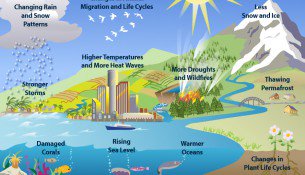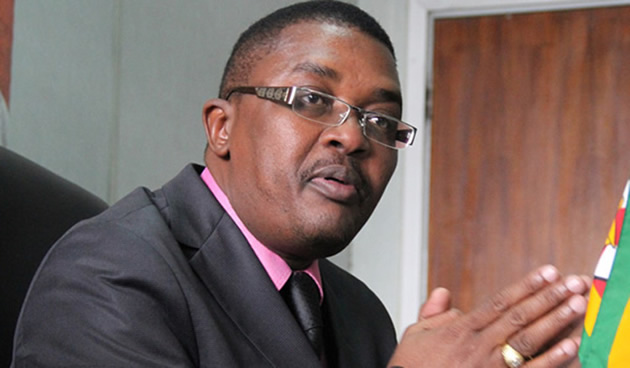Mixed rainfall pattern for SADC

Correspondent
Southern Africa is expected to record varying rainfall patterns for the upcoming agricultural season.
According to a statement by the 21st Southern Africa Regional Climate Outlook Forum (SARCOF-21), the region will receive less rainfall in the period October to December, while high rainfall will be experienced from January to March 2018.
SARCOF-21 made the forecast at their recent annual meeting held on August 23-25 in Gaborone, Botswana. The forecast predicts that most of the region will receive less rainfall, characterised as “normal to below-normal” in the period October to December and significantly high rainfall, “normal to above-normal” in the period January to March 2018.
Areas with a likelihood of receiving high rainfall both in the first and second half of the season are the northernmost Democratic Republic of Congo (DRC), northern Tanzania, the islands states, eastern half of Botswana, south-western half of Zimbabwe, southern Mozambique, eastern-most Madagascar, most of northern South Africa and Swaziland.
Other areas with a likelihood of receiving high rainfall in the period October to December include the extreme south-western Zambia, Zambezi Region of Namibia, south-eastern Angola and eastern Lesotho.
The rest of southern Africa except areas mentioned above have increased chances of receiving below-normal rainfall in the period October to December 2017.
From January to March 2018, almost the whole of southern Africa is expected to receive high rainfall with an exception of few areas. Areas with chances of below-normal rainfall in the second part of the season are the south-western tip of Angola, western fringes of Namibia and south-western South Africa. Based on this rainfall outlook, farmers may be advised to consider growing short season varieties as well as staggering their planting dates.
The outlook is however only relevant to seasonal timescales and relatively large areas and may not fully account for all local and intra-seasonal factors that influence climate variability.
It is therefore critical for farmers and other users to contact their national meteorological and hydrological offices for better interpretation and regular updates.
The 37th SADC Summit held on August 19-20 in Pretoria, South Africa urged member states to urgently take actions to improve food security considering the possibilities of below-normal rainfall during October-December 2017.
Summit also urged countries not to oversell food in case the 2017/18 season does not perform well and also to put in place contingency plans such as water harvesting for irrigation and climate smart agriculture among others.
The 2017/18 rainfall forecast was formulated by climate scientists from the National Meteorological and/or Hydrological Services of member states in the region and the SADC Climate Services Centre, with additional inputs from other global climate prediction centres.
Climate experts meet every year in August to review the rainfall season in SADC, and discuss the potential impacts of the consensus seasonal climate outlook on other socio-economic sectors including disaster risk management, food security, health, water resources and hydropower management.
In developing this outlook, climate scientists took into account oceanic and atmospheric factors that influence climate over the SADC region and in particular, the El Niño-Southern Oscillation (ENSO) which is currently in its neutral phase, thus unlikely to cause drought conditions.
Many regions of the global tropics and sub-tropics exhibit climate anomalies that correlate with the El Niño Southern Oscillation, a naturally occurring phenomenon that involves fluctuating ocean temperatures in the equatorial Pacific.
To better prepare for any future hazards, southern Africa has implemented a number of strategies to strengthen its mitigation and early warning systems. These strategies include the establishment of a Climate Data Processing Centre to provide timely early warning information such as prediction of flood and drought potential, and onset of the rainy season, as well as climate advisories and information.
Other measures are the approval of SADC Disaster Preparedness and Response Strategy 2016-2030 to strengthen preparedness, response mechanisms, and recovery from disasters, as well as plans to set up a disaster fund.
SARCOF-21 was held under the theme, “Minimizing negative impacts of hydro-meteorological hazards on socio-economic development through climate early warning information in southern Africa.” — Source sardc.net










Comments